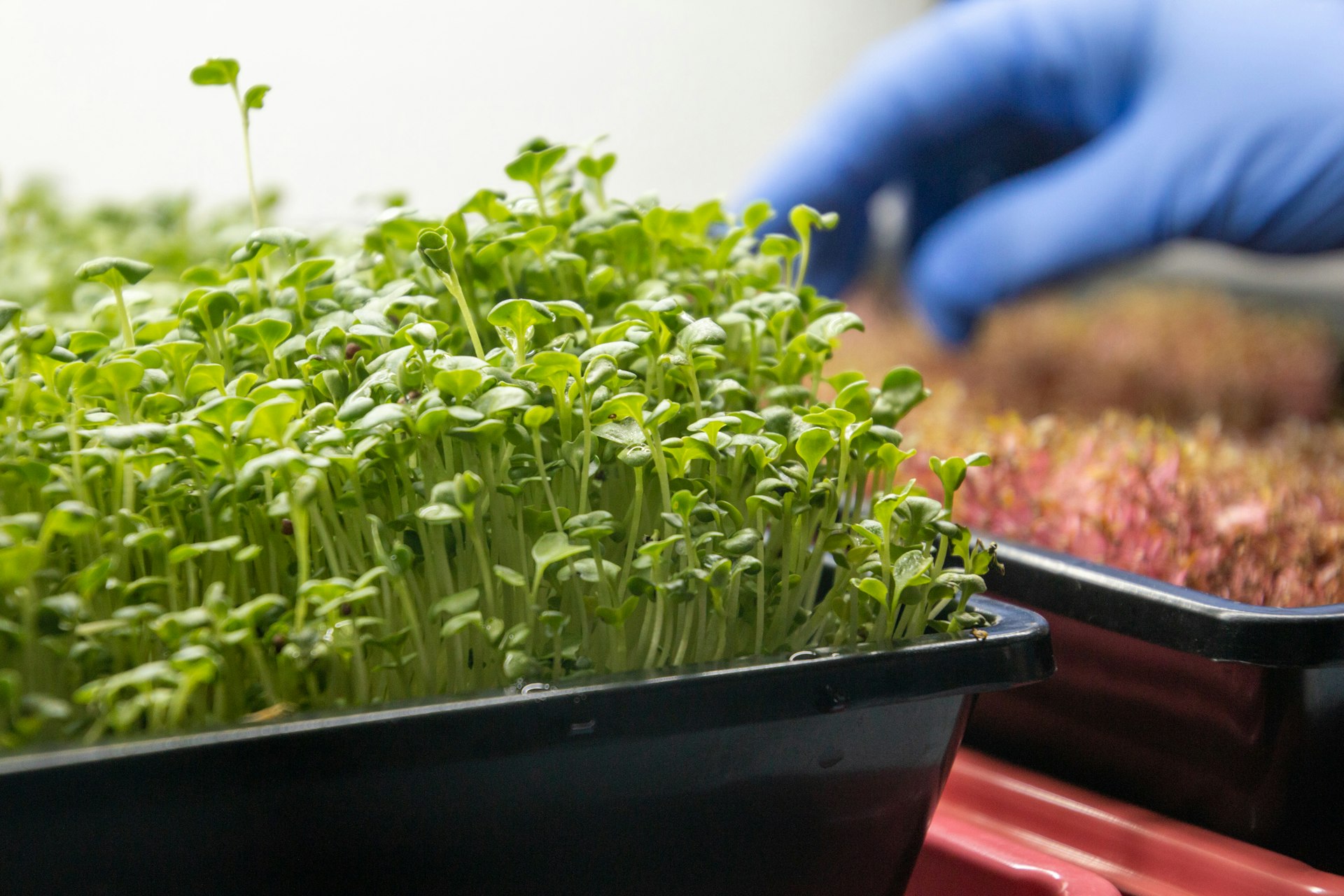Fermented Drinks Beyond Kombucha: Exploring Global Brews and How to Try Them

Photo by HONG FENG on Unsplash
Introduction: Expanding the Fermented Beverage Horizon
Fermented drinks are celebrated across the globe for their unique flavors, probiotic benefits, and cultural significance. While kombucha has become a household staple for health enthusiasts, it represents just one branch in the vast family tree of fermented beverages. If you’re curious about expanding your palate and reaping the diverse benefits of fermentation, this guide will introduce you to a range of alternatives-each with its own story, taste, and health properties. You’ll also learn accessible ways to try or make these drinks yourself, ensuring you have actionable steps whether you’re a beginner or a seasoned fermenter.
Jun Tea: The Delicate Cousin of Kombucha
Jun tea is often described as the “champagne of kombucha” due to its light, effervescent quality. Originating from Tibet, it is crafted by fermenting green tea and honey with a unique Jun SCOBY (symbiotic culture of bacteria and yeast). This results in a beverage that is less sour and more floral than kombucha, with a subtle sweetness and delicate fizz. Jun tea typically contains a slightly higher alcohol content (up to 2%) compared to commercial kombucha (0.5%), so it’s important to be mindful of this if you’re sensitive to alcohol or serving to children [1] .
To try Jun tea, you can:
- Seek out specialty health food stores or local brewers, especially those focusing on artisanal ferments.
- Make your own by sourcing a Jun SCOBY online or at fermentation workshops, then following basic recipes that combine green tea, honey, and filtered water.
Be aware that Jun SCOBYs are less common than kombucha SCOBYs, so it may take some research to find reputable sources. Always use sterilized equipment and high-quality ingredients for safety and best results.
Kefir: The Probiotic Powerhouse
Kefir is a tangy, slightly effervescent drink that comes in two main varieties: milk kefir and water kefir. Milk kefir is made by fermenting cow, goat, or sheep milk with kefir grains, producing a beverage rich in probiotics, vitamins, and minerals. The taste is reminiscent of a thin yogurt and can be enjoyed plain, blended into smoothies, or used in baking [3] .
Water kefir, on the other hand, uses similar grains but ferments a sugar-water solution, making it dairy-free. You can flavor water kefir with fruit, herbs, or spices during a second fermentation, resulting in a refreshing, lightly sparkling drink with customizable flavors.
To get started with kefir:
- Purchase kefir grains from reputable fermentation supply shops or online retailers.
- Follow established recipes, ensuring proper sanitation.
- For dairy-free options, focus on water kefir or coconut water kefir.
Many grocery stores and health food retailers also stock ready-to-drink kefir in both dairy and non-dairy versions. Always check the ingredient list for added sugars or flavors to suit your dietary preferences.
Rejuvelac: The DIY Digestive Drink
Rejuvelac is a fermented beverage made from sprouted grains such as wheat, quinoa, or rye. The process involves soaking and sprouting the grains, then fermenting them in water for one to three days. The result is a tangy, slightly lemony drink that is consumed for digestive health and as a source of enzymes and probiotics.
To make rejuvelac at home, you’ll need:
- Whole grains (preferably organic and non-GMO).
- A sprouting jar or container.
- Filtered water.
After sprouting the grains, ferment them in water at room temperature, then strain and refrigerate the liquid. It’s crucial to observe for any off smells or mold-cleanliness and fresh ingredients are key. Rejuvelac can be consumed on its own or used as a starter culture for vegan cheeses and other ferments.
Traditional Fermented Cereal and Plant-Based Drinks
Beyond tea and dairy, many cultures have developed fermented drinks from grains, fruits, and even vegetables. These beverages offer unique flavors and a window into global fermentation traditions.
Boza
Boza is a thick, mildly sweet and tangy drink made from fermented grains like corn or wheat, popular in Turkey, Central Asia, and North Africa. It has a gentle effervescence and a low alcohol content (about 1%), making it suitable for most ages [2] . Boza is often spiced with cinnamon or served with roasted chickpeas. To try boza, look for Middle Eastern or specialty food markets, or research traditional recipes to brew it at home.
Chaas and Buttermilk
In India and across the Indian subcontinent, chaas is a beloved spiced yogurt drink. It is made by blending yogurt with water, salt, and spices like cumin or coriander. Chaas is consumed with meals to aid digestion, particularly in hot climates. Buttermilk, a byproduct of butter-making, is also fermented and enjoyed as a drink or used in recipes for its tangy flavor and probiotic content. Both options are widely available at South Asian grocers or can be freshly prepared at home with basic ingredients [2] .
Chicha and Tepache
Chicha is a traditional South American beverage made by fermenting maize (corn). Its preparation and alcohol content vary by region, but it holds cultural significance among indigenous communities. Tepache, from Mexico, is a lightly fermented pineapple drink often spiced with cinnamon and sweetened with piloncillo (unrefined cane sugar). Tepache is simple to make at home: combine pineapple rinds, sugar, and water and let ferment for a few days.
If interested in these drinks, seek out Latin American markets, cultural festivals, or online recipe communities for guidance and authentic techniques.
Botanical and Herbal Fermented Beverages
Fermentation is not limited to grains and dairy-herbs, flowers, and fruits are also used to craft innovative drinks. Recent trends in botanical ferments have brought forward beverages that combine medicinal plants and traditional brewing methods to create new flavors and potential health benefits [4] .
For example, the Frècc line (a collaboration between Wilden.herbals and Latta) showcases botanical ferments designed for digestive wellness or as functional drinks. Many herbalists and small-batch producers are now experimenting with blends that include ginger, elderflower, hibiscus, and adaptogenic herbs. To explore these options, you can:
- Contact local herbalists or natural food stores focused on wellness products.
- Attend fermentation workshops or health expos where such drinks may be sampled.
- Research DIY recipes that combine your choice of botanicals with basic fermentation techniques.
Always verify the safety and edibility of plants before fermenting, and use trusted recipes from reputable sources or workshops.
Alcoholic Fermented Drinks: Cider, Sake, Mead, and More
Many traditional alcoholic beverages are also the result of fermentation. Cider (from apples), mead (from honey), and sake (from rice) are all globally popular and available in a range of styles and flavors. Cider production, for example, involves fermenting apple juice with natural or added yeast, often resulting in a drink that ranges from dry to sweet, still to sparkling. Artisanal cideries and breweries increasingly offer tours and tasting sessions, providing opportunities to learn about the craft firsthand [5] .
If you want to experience or make these beverages:

Photo by Lucas George Wendt on Unsplash
- Visit local craft breweries, cideries, or distilleries for tastings and educational events.
- For home fermentation, research best practices for sanitization, ingredient sourcing, and legal regulations regarding alcohol production in your area.
- When in doubt, consult established books or courses on home brewing to ensure safety and quality.
Always consume alcoholic fermented drinks responsibly, and be mindful of varying alcohol content in homemade brews.
Making and Accessing Fermented Drinks: Step-by-Step Guidance
Ready to try fermented drinks beyond kombucha? Here’s how:
- Identify which beverage interests you most-consider flavor, dietary needs, and cultural curiosity.
- Research reputable recipes and instructional videos from trusted culinary or fermentation experts. Books and workshops by renowned fermenters like Sandor Katz can be valuable resources.
- Source your ingredients carefully. Visit health food stores, specialty groceries, or online fermentation supply shops for cultures, grains, and equipment. Always read reviews and confirm the credibility of suppliers.
- Follow sterilization and safety guidelines to avoid contamination. Use glass containers and avoid metal tools that may react with acidic liquids.
- If you prefer ready-made options, look for local producers, farmers’ markets, or specialty health stores. Many regions have directories or associations of artisanal beverage makers you can contact for more information.
For those who want hands-on learning, fermentation workshops and classes are offered in many cities. Search online using terms like “fermentation class near me” or inquire at community centers and kitchen stores. You may also find virtual courses through culinary schools or established fermentation authors.
Potential Challenges and Solutions
Experimenting with fermentation at home can be rewarding but sometimes challenging. Common issues include contaminated batches, off flavors, or slow fermentation. These can often be solved by:
- Maintaining strict cleanliness in all equipment and containers.
- Using high-quality, fresh ingredients and filtered water.
- Monitoring temperature and fermentation time closely as recommended for each beverage type.
If unsure, seek advice from online fermentation communities, local experts, or published guides for troubleshooting tips. Always discard any batch that smells foul, develops mold, or appears unsafe.
Summary and Further Exploration
The world of fermented drinks is rich and varied, extending far beyond kombucha. From the delicate floral notes of Jun tea to the creamy tang of kefir, the cultural heritage of boza, and the innovation of botanical blends, there’s a beverage for every palate and purpose. Whether you choose to make these drinks yourself or explore artisanal offerings, each sip is an invitation to connect with tradition, support gut health, and discover new flavors.
To keep exploring, consider joining fermentation forums, subscribing to fermentation-focused newsletters, or following renowned fermenters for the latest trends and recipes. Always prioritize safety, research, and curiosity as you expand your fermented drink repertoire.
References
- [1] The Good Bug (2023). Fermented Drinks Like Kombucha: Exploring Other Gut-Friendly Alternatives.
- [2] Chus.vn (2024). Discover 31 Types of Fermented Drinks Around the World.
- [3] My Fermented Foods (2024). 30 Fermented Drinks You Can Make at Home.
- [4] Wildenherbals.com (2023). Beyond Kombucha: Botanical Fermented Beverages and Alcoholic Botanical Fermentations.
- [5] Outshinery (2023). Fermented Beverages Dictionary.
MORE FROM hotondeals.com













